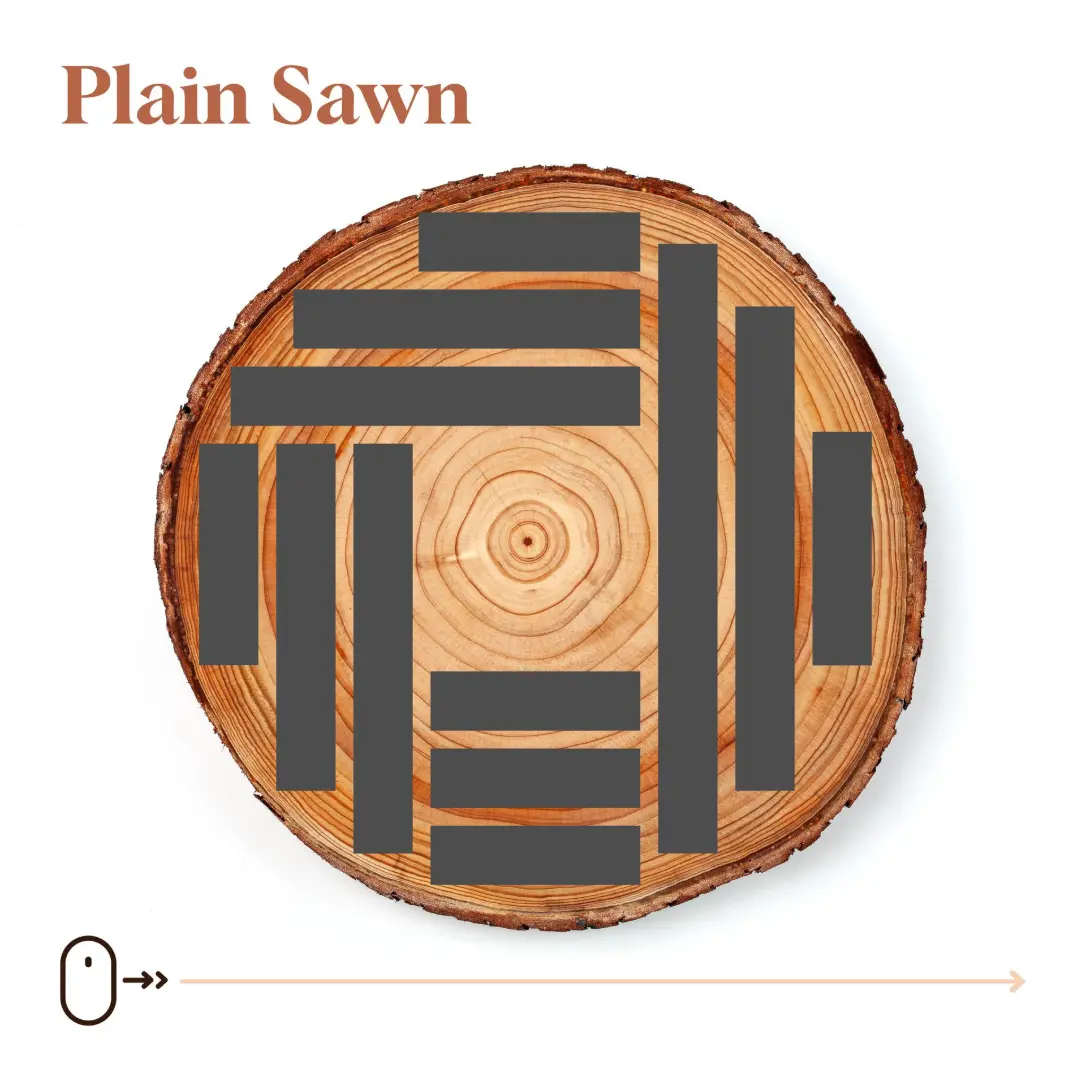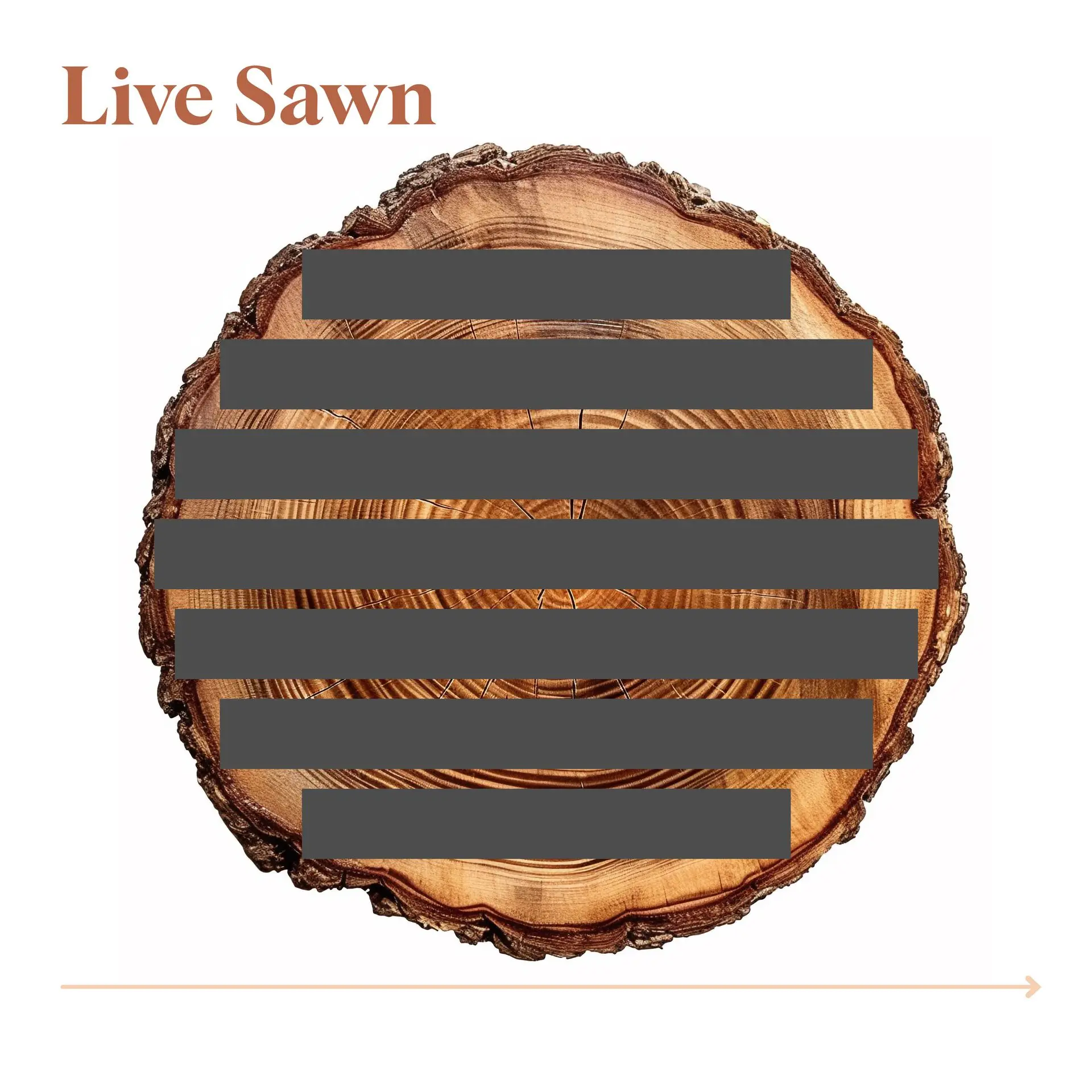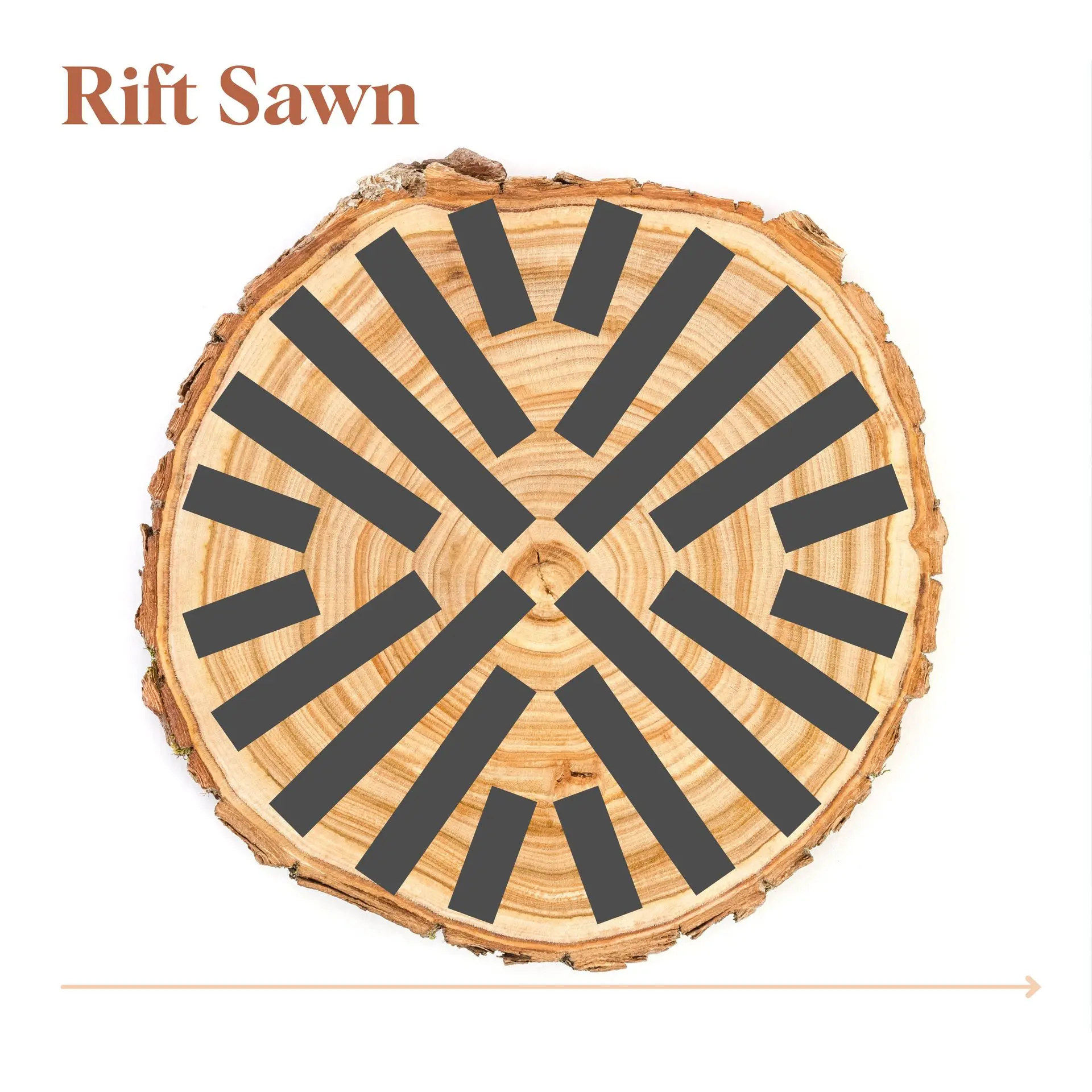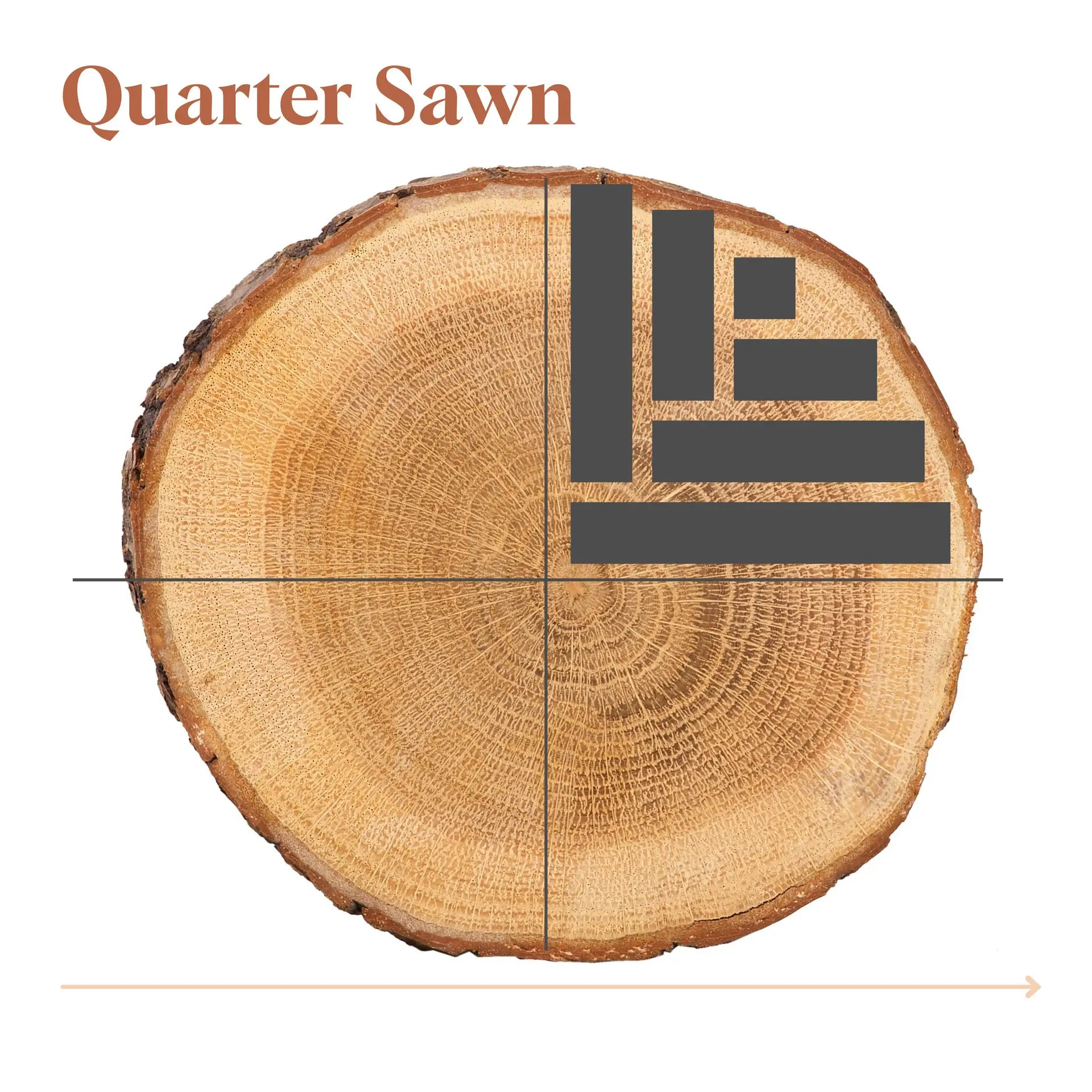Specifying wood floors with confidence means having a clear understanding of all the options available – and that understanding goes far beyond appearances.
When you delve deeper into the science of wood floors, you’ll learn that the species, construction, grade, manufacturing process and finishing all play key roles in how your finished floor will perform over time, as well as how it will look.
Having a strong grasp of the information ultimately leads to more creative freedom, and better project outcomes in terms of aesthetics, performance and longevity – so in this blog, we’re taking a look at the key terminology and processes involved in wood flooring manufacturing and categorization, ensuring you’re armed with everything you need to make an informed choice.
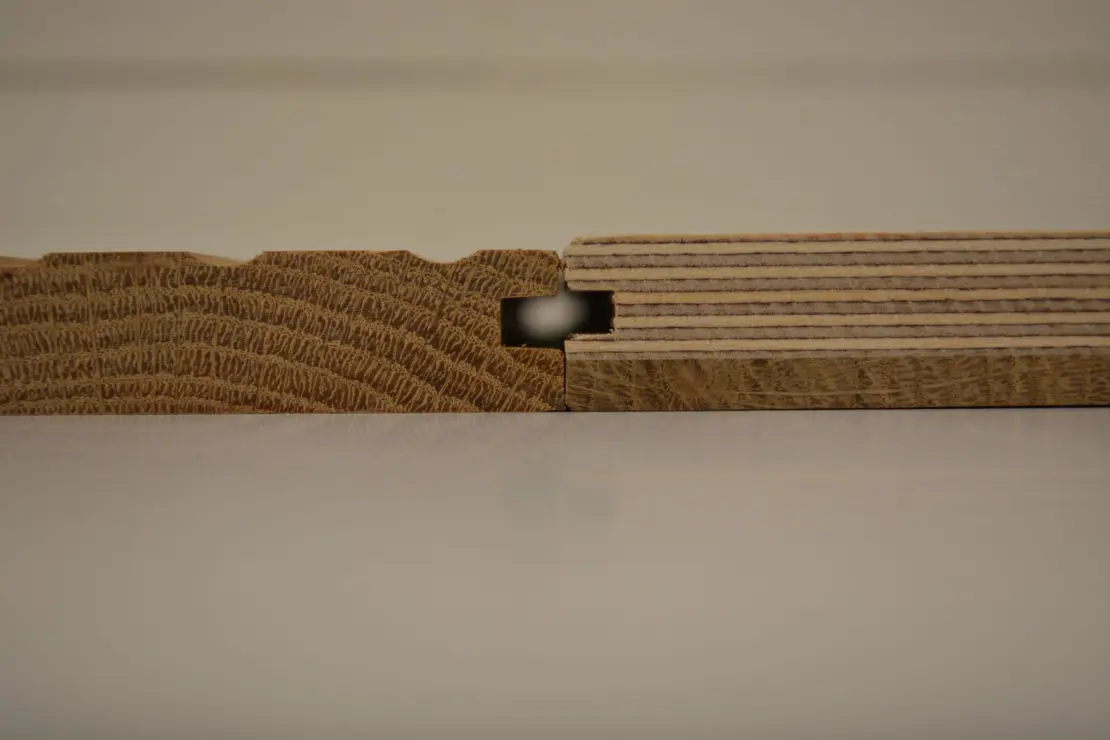
Types of real wood flooring
One of the biggest decisions you’ll make once you’ve decided to go for real wood flooring as opposed to laminate is whether to specify engineered or solid flooring.
This decision is influenced by a number of factors including budget, and the level of stability required for your project as well as its potential refinishing/longevity needs. Here’s what you need to know about the differences:
Solid Wood Flooring | Engineered Wood Flooring |
Made from solid wood planks of a single species | Made from a birch plywood base with a solid wood veneer |
Highly durable but more prone to expansion/contraction due to environmental shifts | Highly stable; better resistance to humidity, temperature changes and high-traffic environments |
Best installed over plywood subfloors; not recommended for basements | Can be installed over concrete slabs, radiant heat, and in basements |
Typically less expensive | Typically more expensive |
Typically narrower than engineered due to potential for warping in very wide boards | Readily available in wider widths with little risk of warping |
Requires more solid timber per board | More sustainable due to more efficient use of raw material |
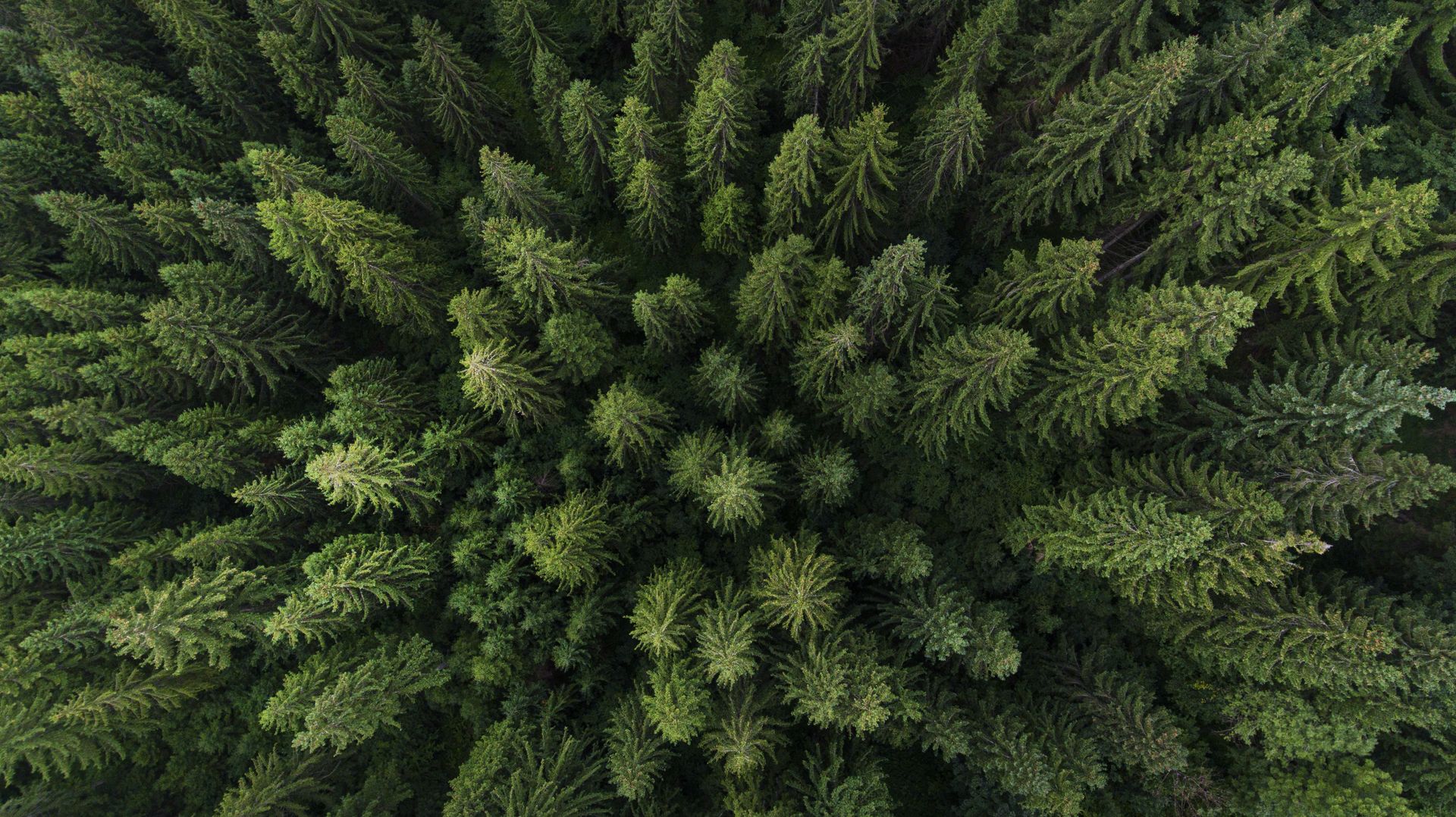
Wood Species Considerations: Hardwood vs Softwood Flooring
Another key point to consider is the species being selected for your wood floor. Differing wood characteristics mean some species are better suited for certain environments and applications than others, and this is broadly related to wood hardness (measured using the Janka scale).
Hardwood floors are made from deciduous trees such as oak, ash, hickory and maple. These trees grow more slowly, which ultimately makes their lumber heavier, denser and harder, and therefore more resistant to scratches and dents from everyday use. Hardwood is often selected for high traffic areas like hallways and kitchens.
Softwood flooring is manufactured from fast-growing evergreen trees including pine, spruce, fir and cedar. Their lumber is more porous, which makes it softer and more prone to wear and tear; therefore softwood flooring is more often specified for spaces with less foot traffic, such as bedrooms.
Visit our blog to learn more about wood floor durability.
A Glossary of Core Wood Flooring Terms
While you’re making your decision on wood species and flooring type, you’ll probably come across a lot of different wood flooring terminology related to manufacturing processes and finishing techniques that can affect the appearance, performance and installation of that floor. Here’s a guide to some of the key terms and what they mean for your floor:
Cutting & Manufacturing Techniques
The way raw lumber is cut into individual planks influences the visual character as well as the stability of a wood floor.
Sawn Cuts
Wood from an individual tree can be sawn in a variety of ways to increase the volume of usable planks, or showcase the particular character of a wood species. An overview is below, or click to read more about sawing methods.
- Plain Sawn: Displays the classic ‘cathedral’ grain pattern and is the most common and cost-efficient method of sawing a log.
- Rift Sawn: Yields straight, linear grain with minimal movement, ideal for a clean, contemporary look.
- Quarter Sawn: Produces tight vertical grain with beautiful flecking, offering enhanced stability and a timeless aesthetic.
- Live Sawn: Combines all cuts (plain, rift, and quarter) from a single log, resulting in boards with varied, natural character.
Tongue and Groove Milling
The process of cutting a tongue on one edge of the board and a matching groove on the opposite edge, allowing boards to lock together snugly during installation, providing stability and minimizing gaps.
End Matching
The application of tongue and groove profiles at the short ends of planks, not just the long edges. This increases strength, speeds up installation, and reduces material waste.
Kerf Groove Milling
Kerf grooves are thin grooves cut into the underside of planks (especially solid wood) to relieve tension, helping to minimize cupping, warping, and twisting after installation.
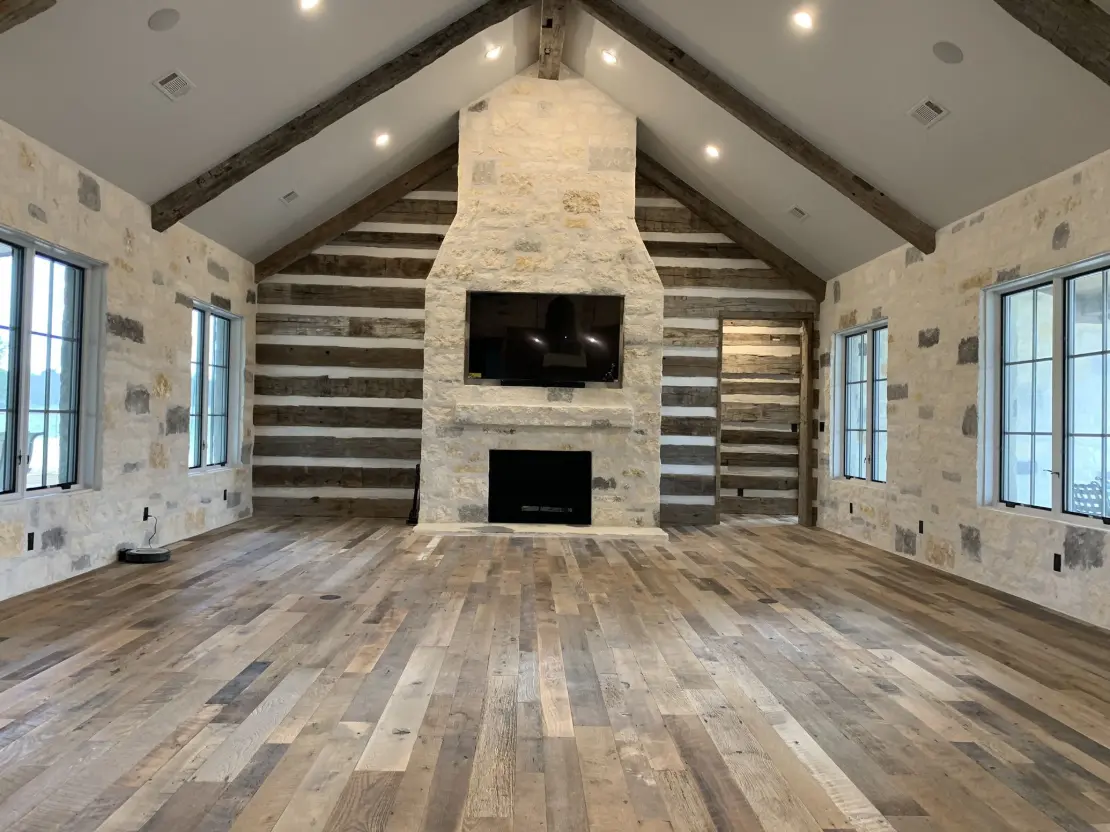
Character & Grading Terminology
Wood grading impacts not just aesthetics but also the type of atmosphere you create in a space, from polished minimalism to organic, rustic warmth.
Reclaimed Flooring
Reclaimed flooring is made from wood salvaged from historic structures and re-milled into planks, offering a rich patina, authentic character, and environmental benefits by reusing existing materials.
Character Grade Wood Floors
New planks intentionally selected for natural knots, mineral streaks, and color variation. Perfect for creating a relaxed, organic, or farmhouse feel.
Select Grade Wood Floors
Clean, consistent boards with minimal visible knots or imperfections, offering a more formal, contemporary appearance.
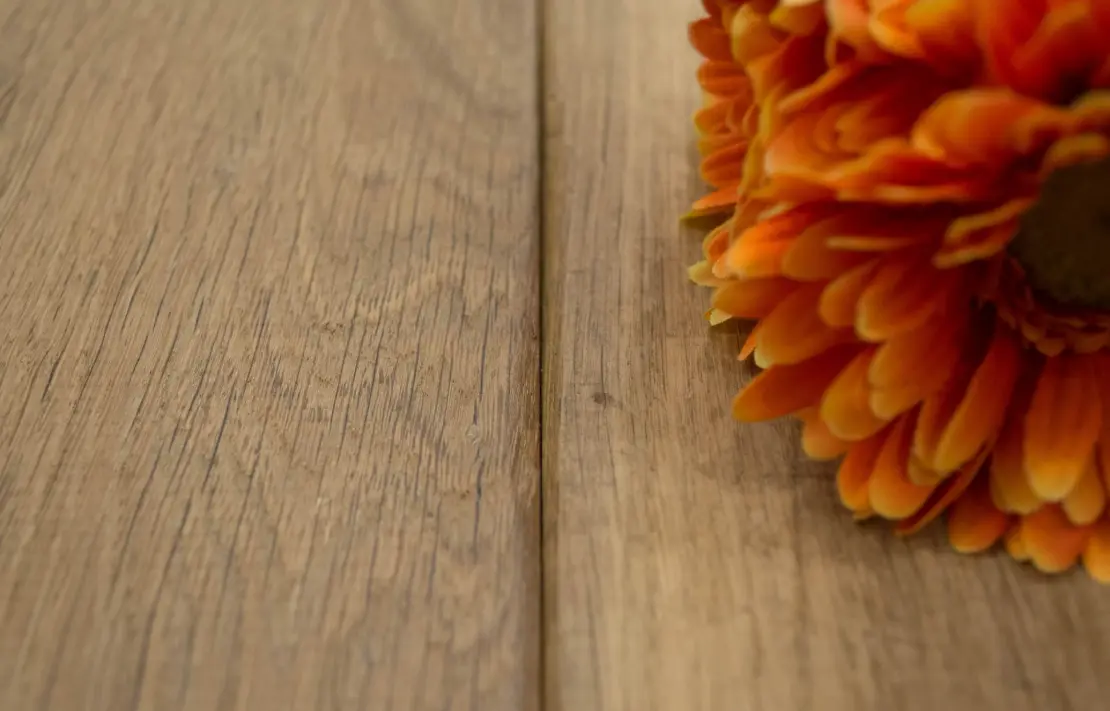
Structural Wood Floor Features
Small construction details can dramatically affect the installation, feel, and longevity of your wood floor.
Wear Layer
The top layer of real wood on an engineered plank. A thicker wear layer - like those featured in WoodCo’s premium engineered flooring - allows for multiple sandings and extends the floor's usable life.
Microbevel
A slight angle cut on the board edges that creates a shallow groove when installed, helping hide minor subfloor inconsistencies. Required for prefinished floors that won’t be sanded on site.
Square Edge
Boards cut precisely without any bevel, resulting in a smooth, seamless look across the floor once installed. Only suitable for floors that will be sanded on site.
Pillow Edge
A gently rounded edge that gives each plank a soft, foot-worn appearance, adding subtle depth and a relaxed aesthetic.
Moisture Content of Wood Floors
The percentage of water in wood at the time of manufacture or installation. Proper acclimation based on moisture content is critical to preventing movement or damage after install.
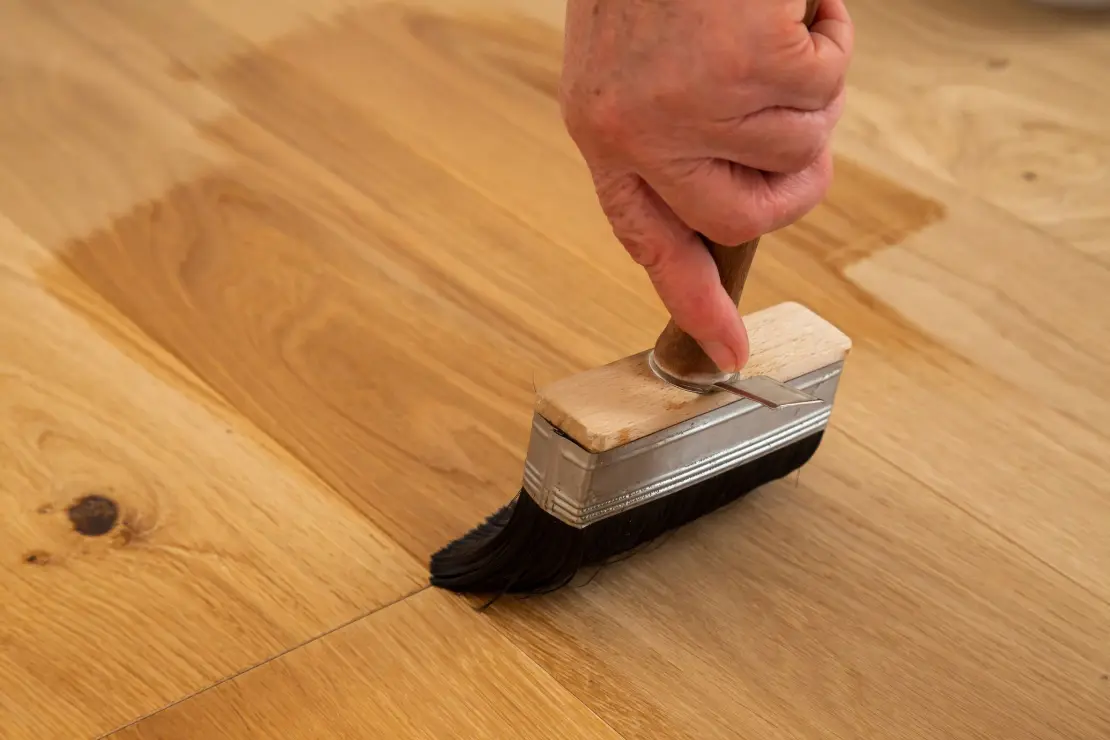
Wood Floor Texturing & Coloring Techniques
Wire Brushing
A texturing technique where the softer wood fibers are gently removed with a wire brush, highlighting the grain and creating a tactile, lived-in feel.
Hand Scraped
Boards are individually scraped by craftsmen to create a hand-worn, textured surface that adds character and a sense of age.
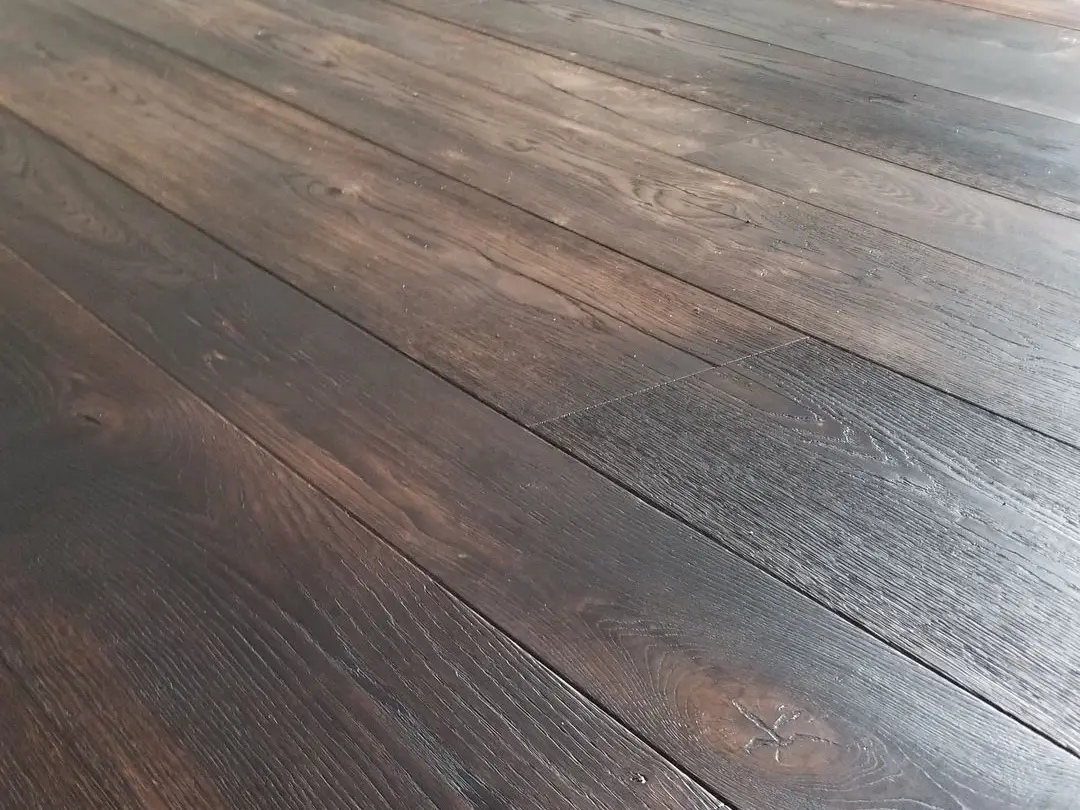
Sho Sugi Ban (Charred Wood)
A traditional Japanese technique where the wood surface is lightly charred to increase durability and create a distinctive dark, textured aesthetic. Originally used for siding, this technique is now adapted for dramatic, high-end flooring options.
Fuming/Smoking
A chemical reaction process where wood is exposed to ammonia vapors, naturally darkening the color and enhancing grain definition without stain.
Wood Floor Finishing Techniques
Finishes not only protect your wood floor but dramatically influence its color, texture, and overall design impact. You can learn more about surface-applied wood floor finishes on our blog, but here’s a quick overview:
Hardwax Oil
A natural oil and wax-based finish that penetrates deep into the wood, enhancing the grain while offering strong protection with a soft, matte appearance.
Polyurethane Finish
A synthetic surface coating (available in water- or oil-based versions) that forms a durable film across the wood. Comes in a range of sheen levels, from matte to high gloss.
UV-Cured Finishes
Factory-applied finishes that are instantly hardened under ultraviolet light, offering exceptional durability and lower VOC emissions.

Sustainability & Certifications
Choosing products made with responsibly harvested wood, reclaimed wood, or engineered flooring helps reduce demand on virgin forest resources. Specifying certified sustainable wood can differentiate your projects, especially for eco-conscious clients.
FSC® (Forest Stewardship Council)
Verifies that wood products come from responsibly managed forests.
PEFC™ (Programme for the Endorsement of Forest Certification)
Another major certification ensuring sustainable sourcing practices.
Domestic vs. Imported Species
Domestic lumber sources – i.e. wood that grows in the US – is always going to be more sustainable than imported lumber from Europe or further afield because of a carbon footprint associated with sea freight and overland transportation. However, it’s important to consider quality and sustainability in the wider sense – poor quality domestic lumber may be less sustainable than high quality imported lumber that comes from well-managed forests and has the integrity to last for generations.
Ready to explore our wood floors?
With the right knowledge, you’ll be confident about the possible type of wood floor that could be right for your next project – but when it comes to making a final decision, there’s no substitute for seeing and feeling the beauty of wood for yourself.
To request samples of WoodCo luxury flooring, or to locate your nearest stocking dealer, simply get in touch.
